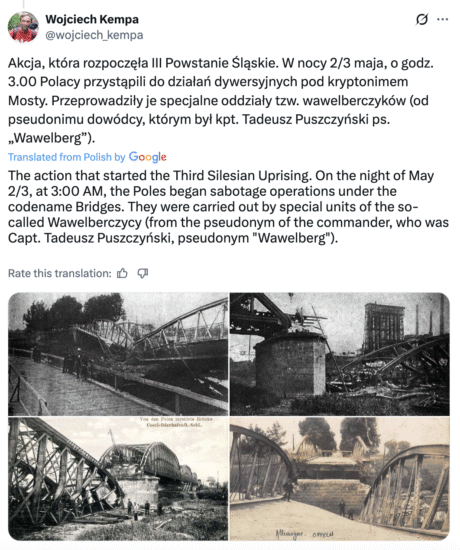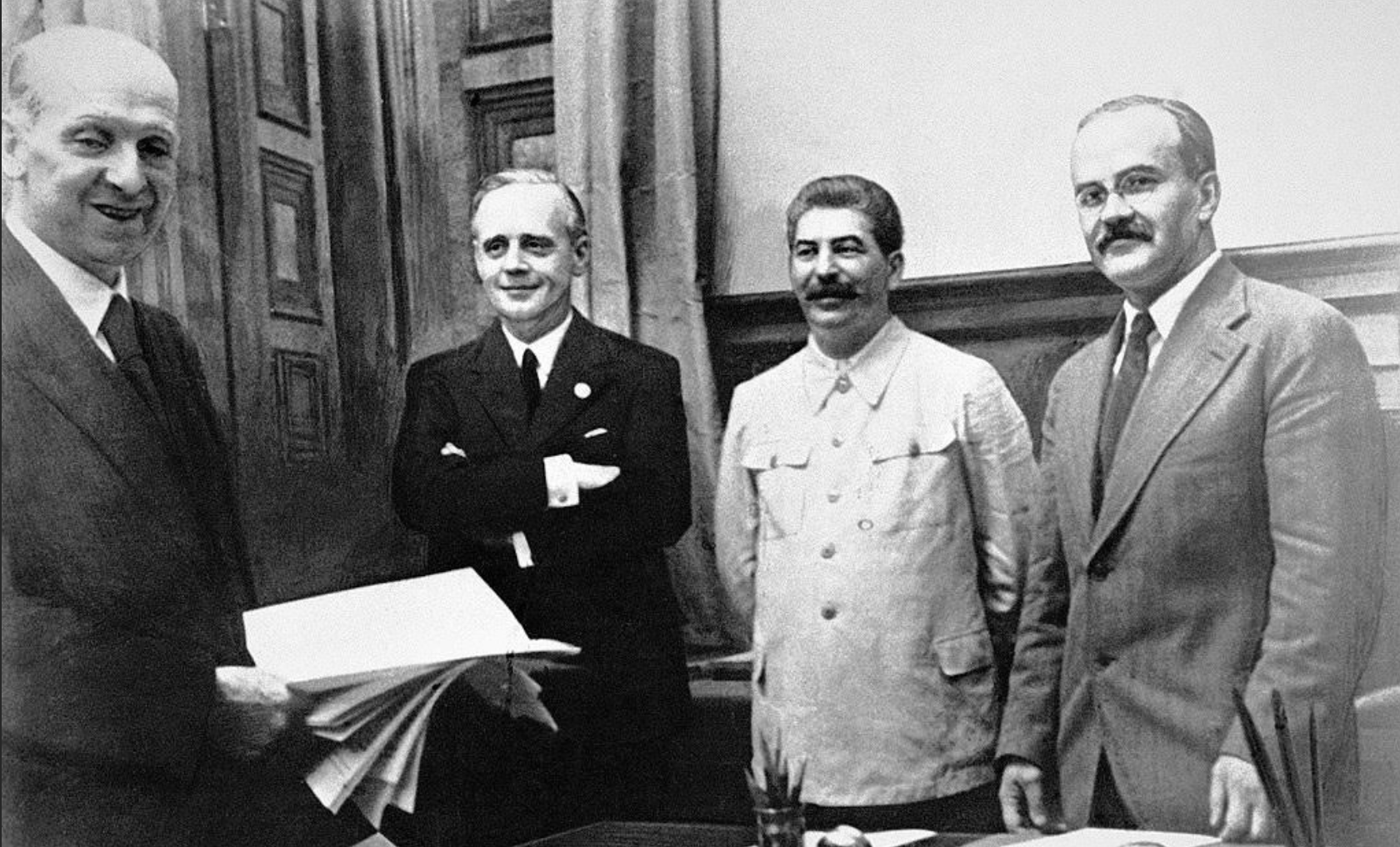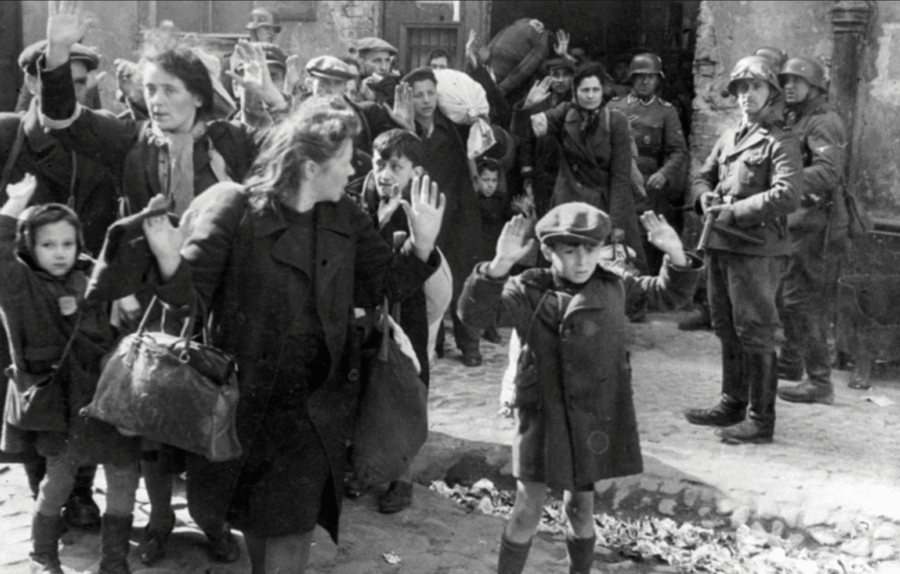Main celebrations marking Poland’s National Day of the Silesian Uprisings took place at the Monument to the Silesian Insurgents atop Góra Świętej Anny — the site of the most strategic battle of the Third Silesian Uprising of 1921 and in Katowice, near the famous Three Wings Memorial. The national holiday is aimed at celebrating the bravery of the Silesians who fought to join the newly restored Poland in three bloody uprisings in 1919, 1920 and 1921. The date of 20th June was chosen as the anniversary of the entrance of the Polish troops into Katowice in 1922.
Amid a military honour guard, representatives of the national and local governments, together with uniformed services, gathered to pay tribute to the Polish insurgents and activists whose efforts led to the reintegration of eastern Upper Silesia into Poland following the First World War.

The ceremony in Katowice was enhanced by the presence of an honour guard from the 131st Battalion of the 13th Silesian Territorial Defence Brigade, accompanied by the military band from Bytom. Also in attendance were detachments from the Provincial Police Headquarters, the State Fire Service, the Silesian Border Guard Unit, the Regional Inspectorate of the Prison Service, and the Katowice Chamber of Fiscal Administration. Following the reading of the Roll Call of the Fallen, a ceremonial gun salute was performed, after which representatives of the authorities, institutions, and uniformed services laid wreaths at the monument.
“Today, on the National Day of the Silesian Uprisings, we bow our heads in gratitude and pride before the Heroes of the three uprisings of 1919–1921. They fought not only to secure the borders of a newly reborn state, but also for dignity, for the right to speak Polish in offices and churches, for Polish schools, and Silesia’s rightful place in a sovereign Polish Republic. It was miners and railway workers who rose — insurgents from Katowice, Pszczyna, Rybnik, and other towns and villages across Silesia — joined by volunteers from Greater Poland, Lesser Poland, and beyond. Among them were teachers, priests, scouts and soldiers — united by a common goal: to see Silesia become part of a free, sovereign, and just Poland. Thanks to their struggle, we regained not only a region rich in industry, but above all the hearts of people for whom Polish identity was a conscious, unwavering choice. In an age when we are once again reminded that freedom can never be taken for granted, their example continues to inspire — a model of patriotism, courage, and civic responsibility. Honour and glory to the Heroes!” Polish President Andrzej Duda wrote in an anniversary X post.
Members of parliament, local officials, and veterans’ organisations solemnly laid wreaths at the foot of the monument. The event concluded with the ceremonial anthem of the Polish Armed Forces.
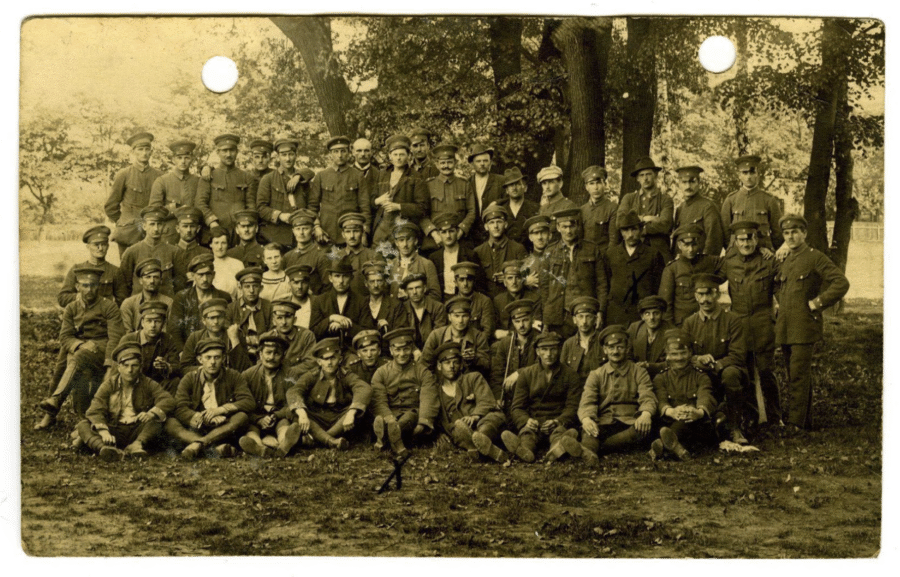
The National Day of the Silesian Uprisings was established in 2022, following an initiative by the Silesian Voivodeship Assembly and the Social and Cultural Association of Polish Silesia. The day honours those who fought for the incorporation of Upper Silesia into the newly reconstituted Polish state after independence was regained in 1918.
Góra Świętej Anny holds a pivotal place in the legacy of the Third Silesian Uprising. The battles fought in the surrounding area are remembered as the bloodiest of the entire conflict.
Although the insurgents eventually lost control of the hill, their military resistance contributed to the post-uprising decision to award Poland the industrial heartland of Upper Silesia.
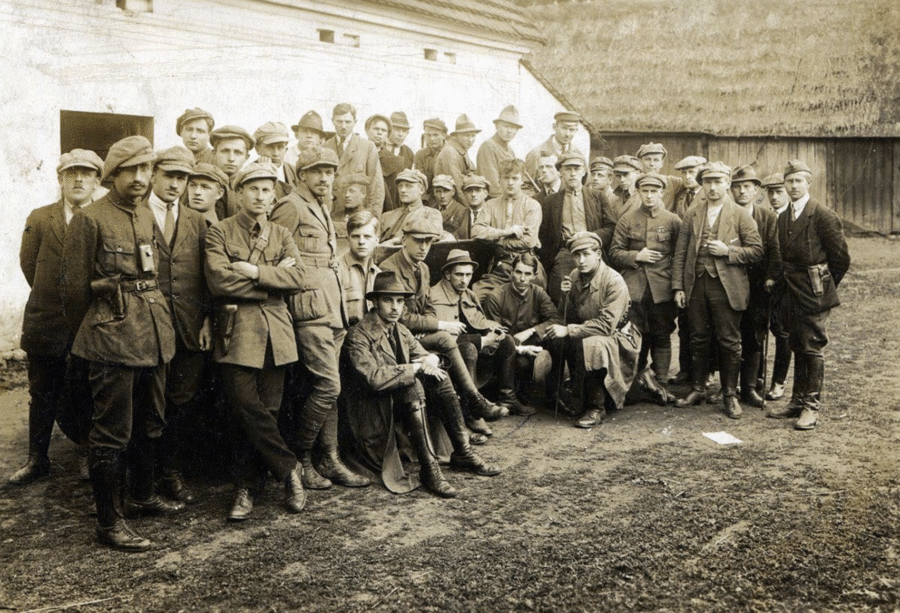
Interestingly, the Third Silesian Uprising was also an event that constituted Poland’s first special forces named Grupa Destrukcyjna “Wawelberga,” which is considered the patron and predecessor of the country’s famous “Grom” unit.
In May 1921, the elite Polish sabotage unit led by Lieutenant Tadeusz Puszczyński played a crucial role in the success of Operacja Mosty (Operation Bridges). In a daring and meticulously coordinated action, the group blew up key railway bridges connecting Upper Silesia with Germany, paralysing German reinforcements and disrupting their logistics at the very start of the uprising. Their bold strike not only delayed enemy response but also demonstrated the strategic sophistication of the Polish insurgents, marking a turning point in the struggle for Silesia’s future.
Source: PAP
Photo: ipnkatowice/fb
Tomasz Modrzejewski





